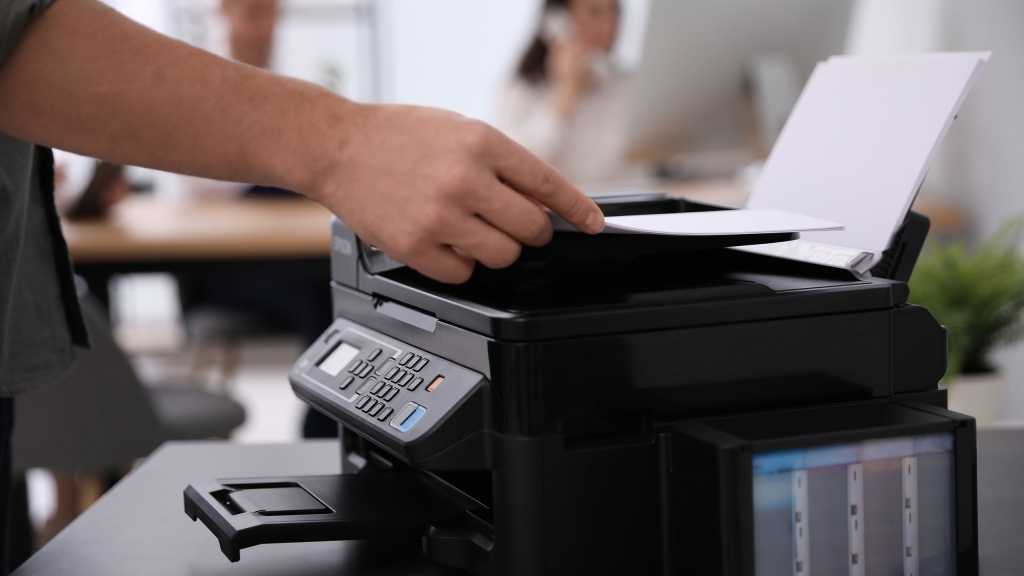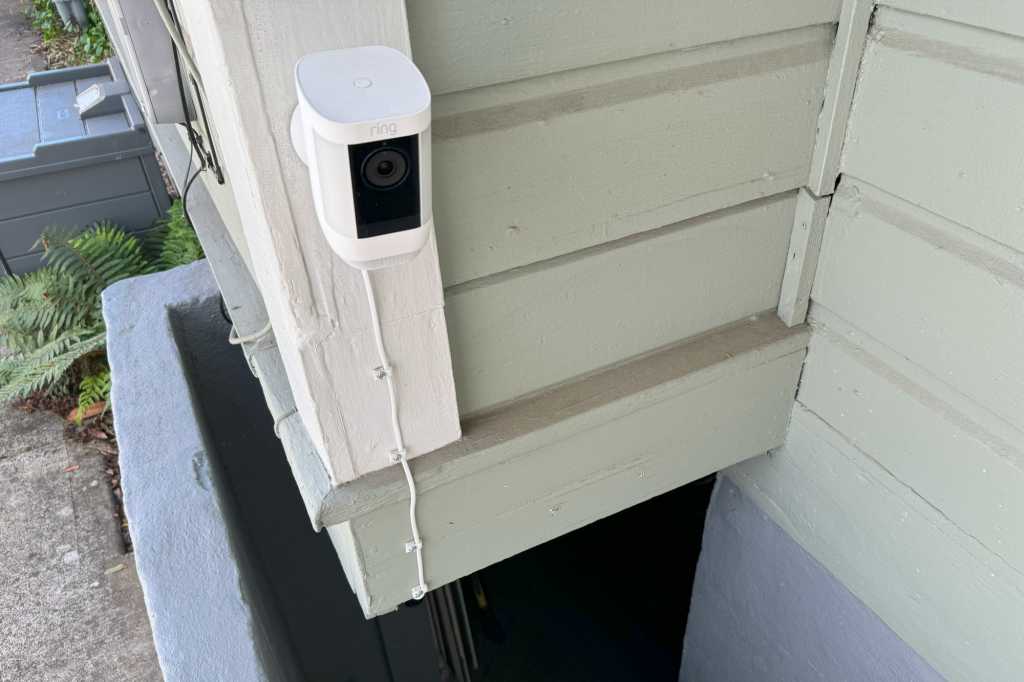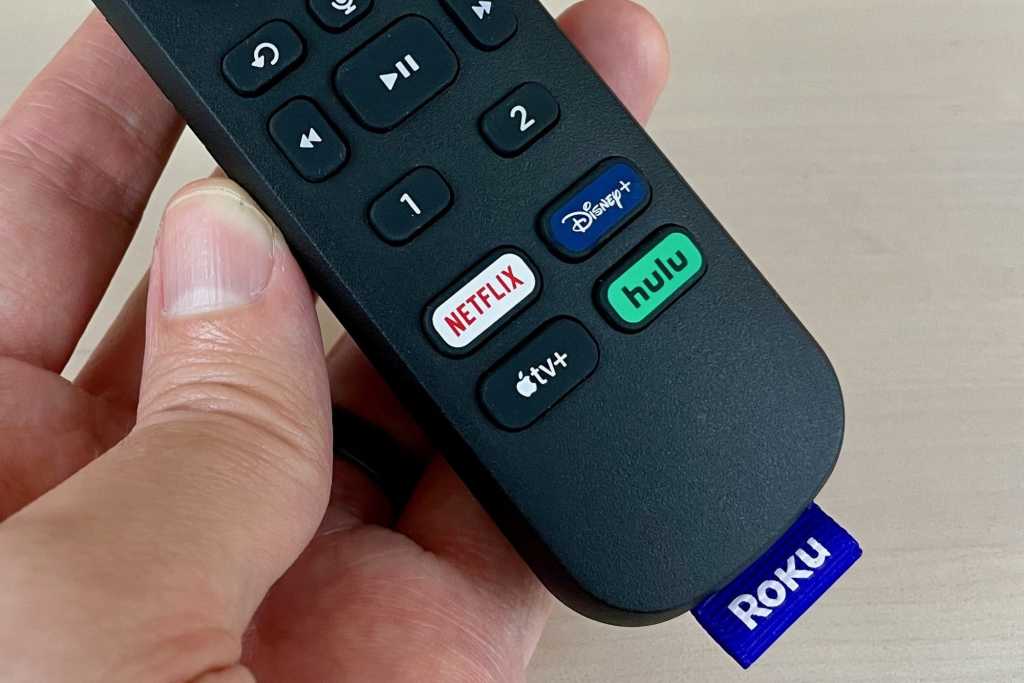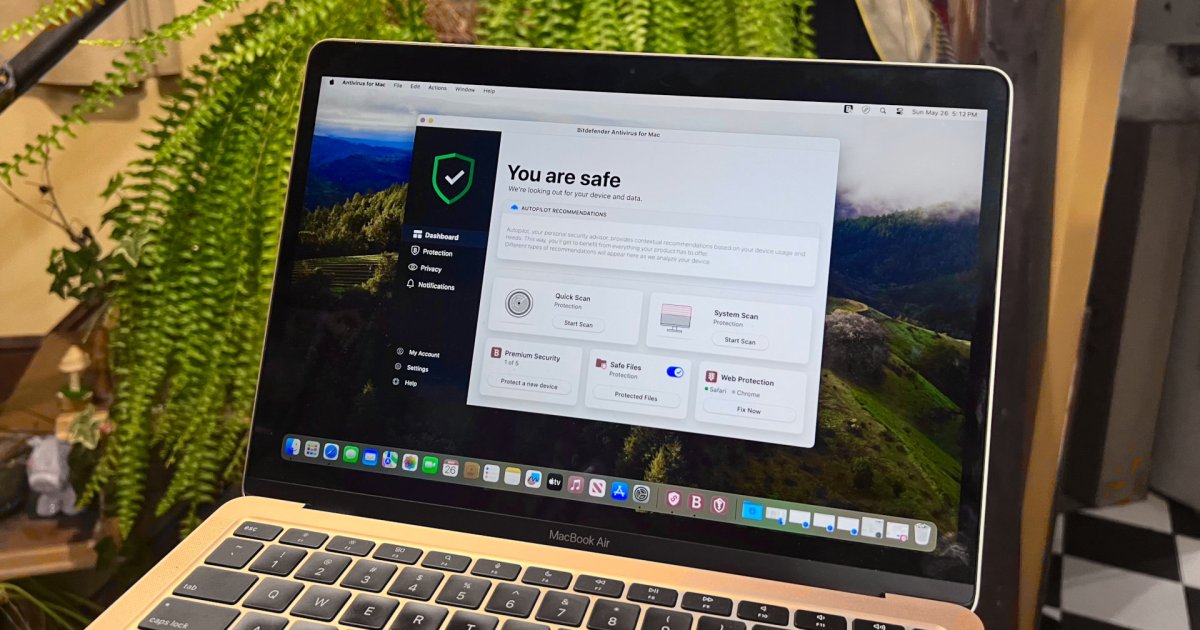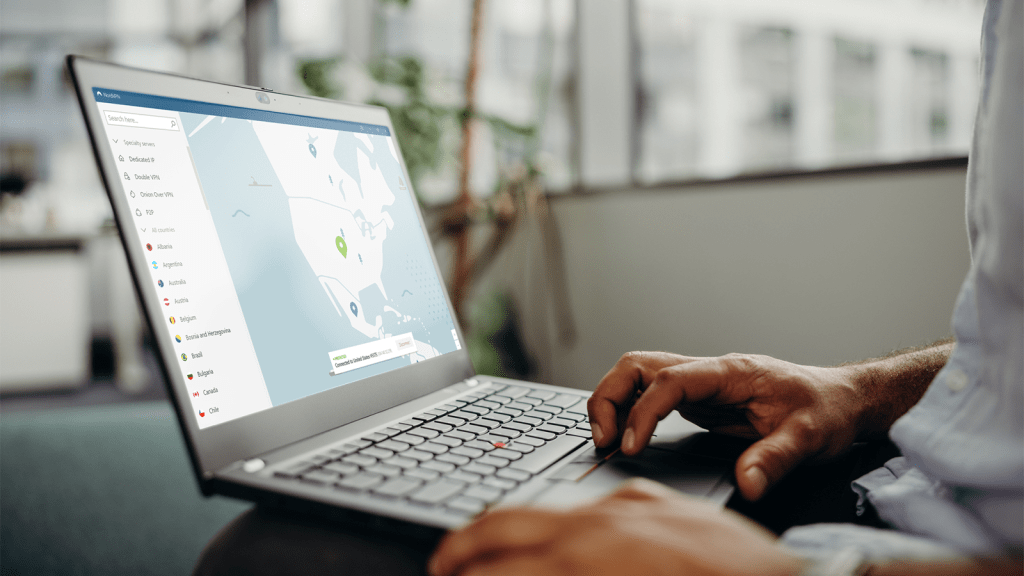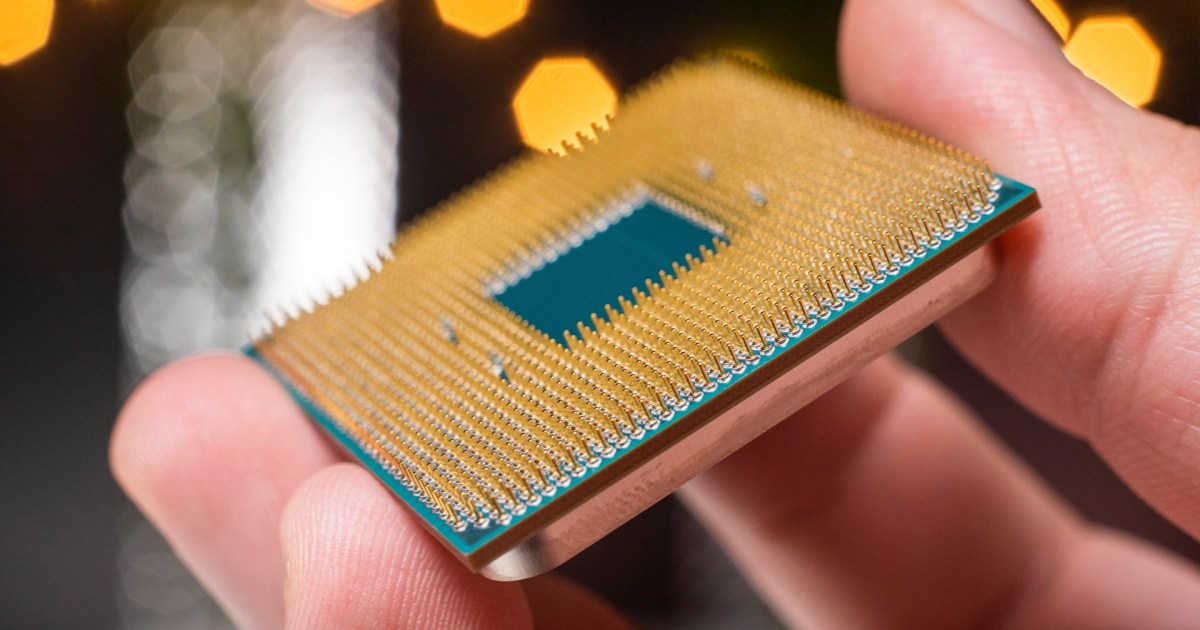Replacing a broken printer can feel urgent, especially when you rely on it for work or personal tasks. Don’t rush into buying the first attractive deal you see, though. Taking the time to consider your printing needs will save you money and frustration in the long run. A well-chosen printer can last for years, so making the right decision upfront is crucial. This guide offers six essential tips to help you choose the perfect printer.
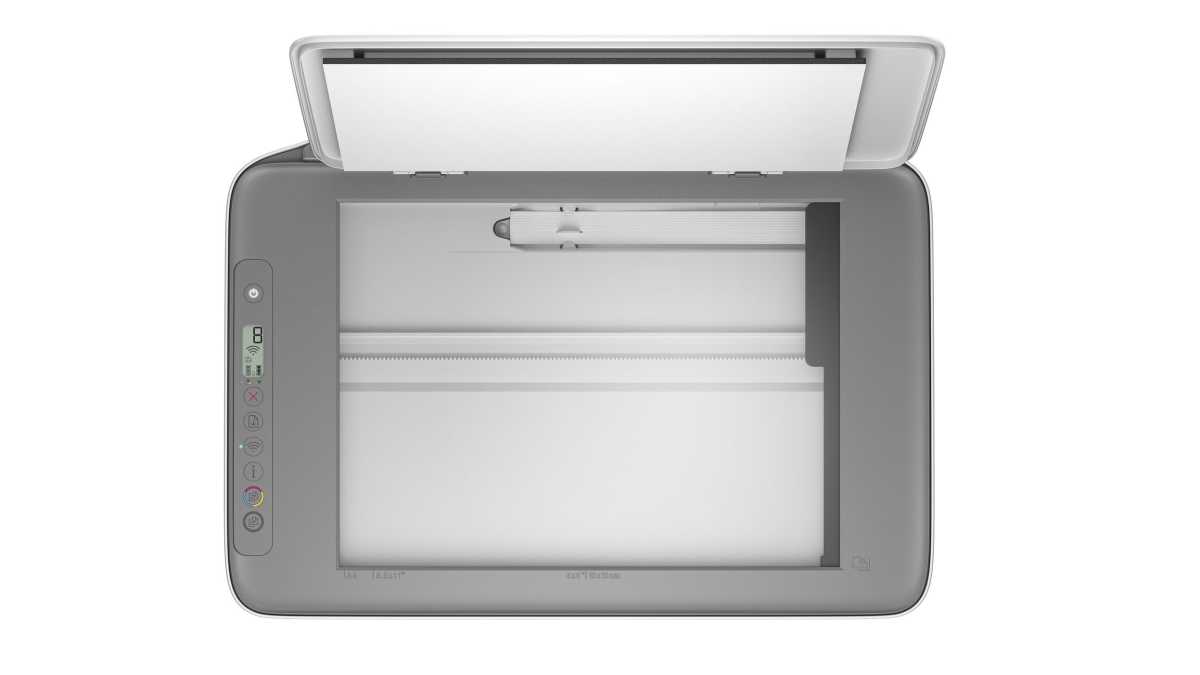 Sehr günstige Kombimodelle haben meist nur ein rudimentäres Bedienpanel mit kleinen Anzeigen – wie hier beim HP Deskjet 2820e. Sie erweisen sich oft als unpraktisch, da Sie die meisten Aktionen über Tasten ohne Beschriftung vornehmen müssen.Budget-friendly multifunction printers often have basic control panels like the HP Deskjet 2820e, which can be inconvenient due to unlabeled buttons.
Sehr günstige Kombimodelle haben meist nur ein rudimentäres Bedienpanel mit kleinen Anzeigen – wie hier beim HP Deskjet 2820e. Sie erweisen sich oft als unpraktisch, da Sie die meisten Aktionen über Tasten ohne Beschriftung vornehmen müssen.Budget-friendly multifunction printers often have basic control panels like the HP Deskjet 2820e, which can be inconvenient due to unlabeled buttons.
Printer or Multifunction Device?
The first step is deciding between a single-function printer (for printing only) or a multifunction device (MFD) that also copies and scans. If you need fax capabilities, that narrows down your choices further.
Keep in mind: MFDs with more features tend to be larger. Fax-enabled models often include an Automatic Document Feeder (ADF), increasing their height. If space is limited, consider an MFD without a fax, or even a model with an ADF but no fax.
When choosing an MFD, don’t underestimate the control panel. A user-friendly panel simplifies tasks like Wi-Fi setup and troubleshooting. Small displays or button-only operation can be tedious, pushing you towards mobile apps or PC software for basic functions. Large touchscreens offer convenience but come at a higher price. Entry-level MFDs often have basic text displays, showing little more than copy count.
Inkjet vs. Laser: Which Printing Technology is Right for You?
The best printing technology depends on your primary use case. For a workplace focused on invoices and text documents, a monochrome laser printer prioritizes clarity and legibility over vibrant colors. Budget-friendly options like the Pantum Laser Printer offer excellent value.
For family use, color printing is essential. While both color laser and inkjet printers offer color, inkjet is often the better choice for home environments where document authenticity isn’t a primary concern.
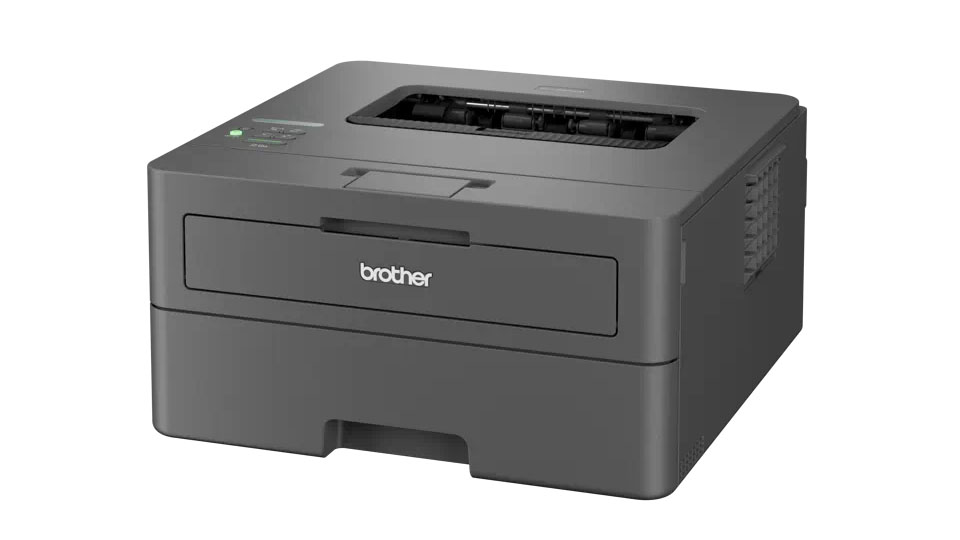 Reine Schwarzweißprinter wie hier der Brother HL-L2400DWE bieten sich an, wenn Farbe keine Rolle spielt, aber Texte glasklar auf dem Papier landen sollen. Als kompakte Arbeitsplatzgeräte starten sie bei gut 100 Euro.Monochrome laser printers like the Brother HL-L2400DWE are perfect for crisp text documents when color isn’t needed.
Reine Schwarzweißprinter wie hier der Brother HL-L2400DWE bieten sich an, wenn Farbe keine Rolle spielt, aber Texte glasklar auf dem Papier landen sollen. Als kompakte Arbeitsplatzgeräte starten sie bei gut 100 Euro.Monochrome laser printers like the Brother HL-L2400DWE are perfect for crisp text documents when color isn’t needed.
Consider your printing volume. Frequent printing, especially with multiple users, demands a more robust printer. Entry-level models might struggle. A mid-range inkjet is a good option for moderate to high usage. As a general guideline, all-in-one cartridge-based MFDs should cost over $100, while tank-based systems are typically double that price.
Inkjet printers offer advantages in versatility. They handle various print media, including specialized photo paper for borderless, true-to-life prints, and offer expanded color options beyond the standard CMYK. Some inkjet printers even use two black inks: one for text and one for photos, optimizing both types of output.
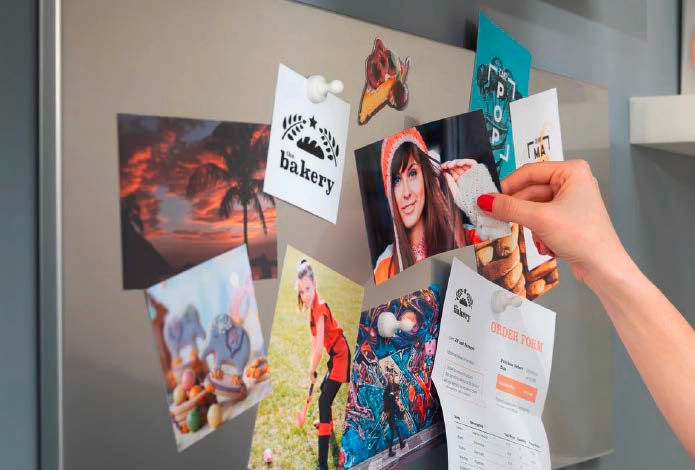 Während Laserdrucker im Textdruck vorne liegen, sind Tintenstrahlgeräte unschlagbar flexibel im Umgang mit unterschiedlichen Druckmaterialien. Außerdem können nur Inkjetdrucker Fotos auch ohne Rand bedrucken.Inkjet printers offer unmatched flexibility with diverse print media, including borderless photo printing.
Während Laserdrucker im Textdruck vorne liegen, sind Tintenstrahlgeräte unschlagbar flexibel im Umgang mit unterschiedlichen Druckmaterialien. Außerdem können nur Inkjetdrucker Fotos auch ohne Rand bedrucken.Inkjet printers offer unmatched flexibility with diverse print media, including borderless photo printing.
Calculating Follow-Up Costs: Ink and Toner
The initial purchase price is only part of the equation. Ink and toner are recurring expenses. Manufacturers provide estimated page yields for cartridges, allowing you to estimate cost per page. Divide the cartridge price (in cents) by the page yield to calculate the cost per black and white page. Budget-friendly printers should fall between 1 and 3 cents per page.
For color printing, sum the prices of all color cartridges (including any additional inks beyond CMYK) and divide by their respective page yields. A color page cost below 10 cents is generally considered affordable. Keep in mind that even color test pages have a text component, often using black ink. Contrary to popular belief, laser printers aren’t always cheaper than inkjet. Laser printers often require expensive consumable components like developer units and transfer ribbons, along with higher electricity costs.
Ink Subscription Services: A Convenient Alternative
Ink subscription services like HP Instant Ink, Brother Refresh, Canon Pixma Print Plan, and Epson ReadyPrint offer a hassle-free alternative to buying cartridges. These services provide ink based on a monthly page allowance, with rollover options and the ability to purchase additional pages. Subscriptions are typically tied to specific printer models, so verify compatibility before purchasing. This model can be particularly cost-effective for low-volume printing, offsetting the higher per-page costs of smaller cartridges.
Long-Term Value: Features to Consider
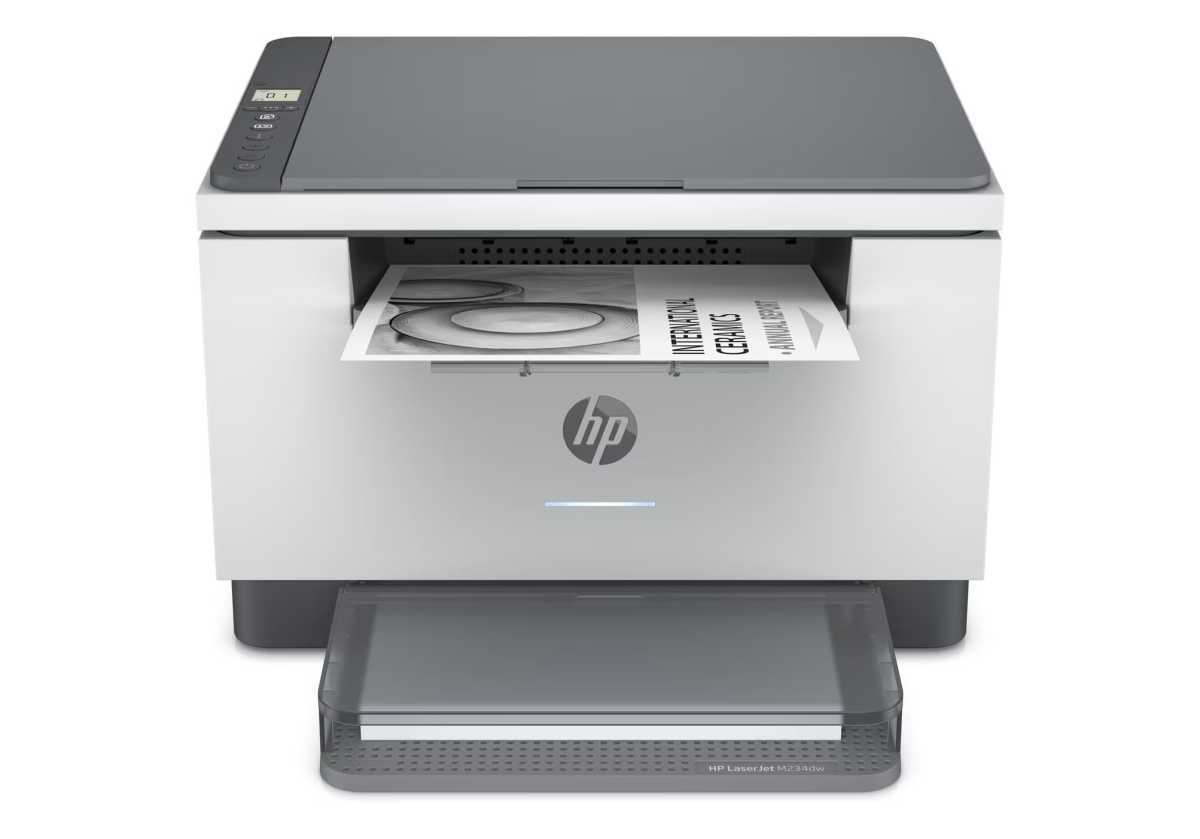 Gerade Laserdrucker – wie etwa die HP-Laserjet M234xx-Serie – gibt es in unterschiedlichen Konfigurationen. Sie sind durch Buchstaben in der Produktbezeichnung gekennzeichnet. Wer WLAN-Anbindung benötigt, achtet auf ein kleines „w“.Laser printers like the HP Laserjet M234xx series come in various configurations, often indicated by letters in the model name (e.g., “w” for Wi-Fi).
Gerade Laserdrucker – wie etwa die HP-Laserjet M234xx-Serie – gibt es in unterschiedlichen Konfigurationen. Sie sind durch Buchstaben in der Produktbezeichnung gekennzeichnet. Wer WLAN-Anbindung benötigt, achtet auf ein kleines „w“.Laser printers like the HP Laserjet M234xx series come in various configurations, often indicated by letters in the model name (e.g., “w” for Wi-Fi).
Automatic duplex printing is a valuable feature for saving paper and money. For MFDs, ensure duplexing works for copying as well. A second paper tray is beneficial for users who frequently switch between paper sizes or types. Wi-Fi connectivity is almost standard on inkjet printers but varies for laser printers. Look for a “w” in the model name to confirm Wi-Fi capability, such as with the HP Laserjet M234dwe.
Understanding Print Speed
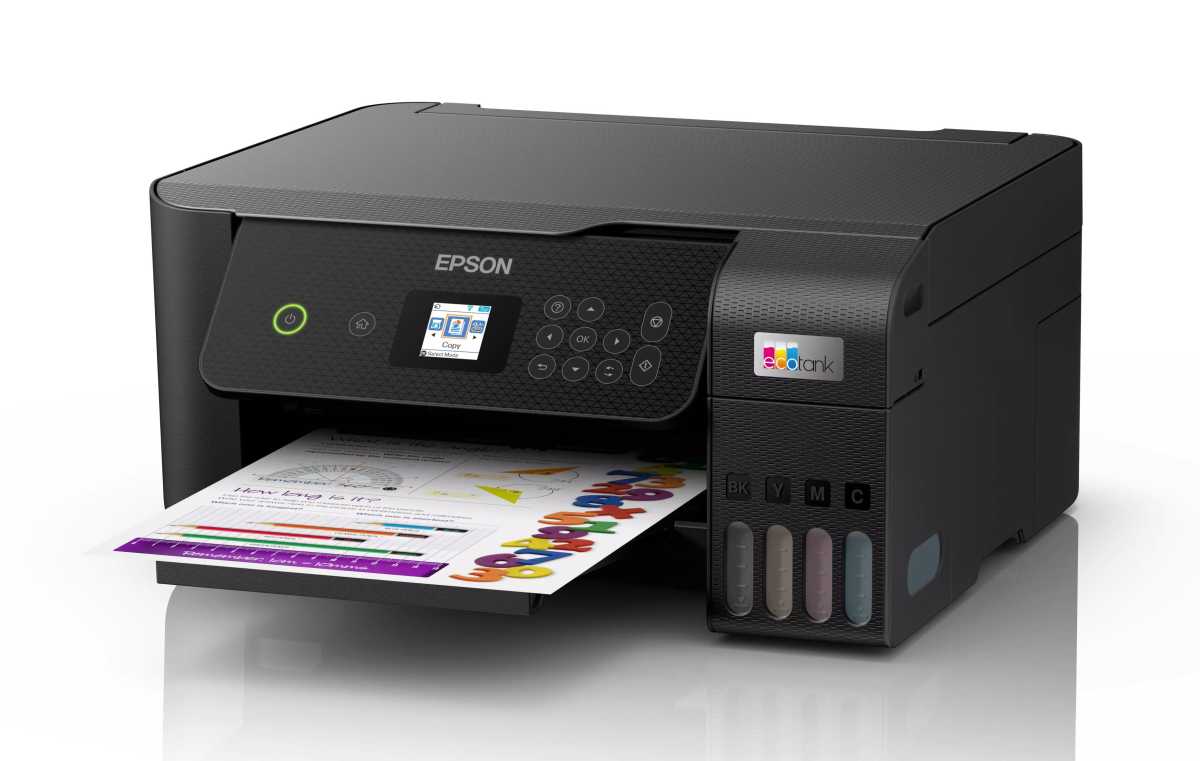 Selbst bei Tintentankdruckern ist nicht jedes Modell flott im Abarbeiten von Druckjobs, obwohl der hohe Tintenvorrat darauf schließen lassen könnte. Gerade bei kompakten Einstiegsgeräten für den Heimgebrauch wie etwa dem Epson Ecotank ET-2821 liegt das Tempo in Farbe nur bei der Hälfte des Schwarzweißdrucks.Even ink tank printers aren’t always fast. Entry-level models like the Epson Ecotank ET-2821 often have significantly slower color printing speeds.
Selbst bei Tintentankdruckern ist nicht jedes Modell flott im Abarbeiten von Druckjobs, obwohl der hohe Tintenvorrat darauf schließen lassen könnte. Gerade bei kompakten Einstiegsgeräten für den Heimgebrauch wie etwa dem Epson Ecotank ET-2821 liegt das Tempo in Farbe nur bei der Hälfte des Schwarzweißdrucks.Even ink tank printers aren’t always fast. Entry-level models like the Epson Ecotank ET-2821 often have significantly slower color printing speeds.
Printer specifications list speed in pages per minute (ppm). For accurate comparisons, look for speeds based on the ISO/IEC24734 standard, which uses a standardized document and resolution. Be wary of “up to” speeds, which often represent the fastest draft mode. Laser printers generally offer faster speeds, with even budget models reaching 18 ppm for black and white. Similar color and black and white speeds indicate a single-pass color laser printer. Inkjet printers typically have slower color printing due to their technology. If the color print speed is half the black and white speed or significantly less than 10 ppm for black and white, expect slower color printing.



